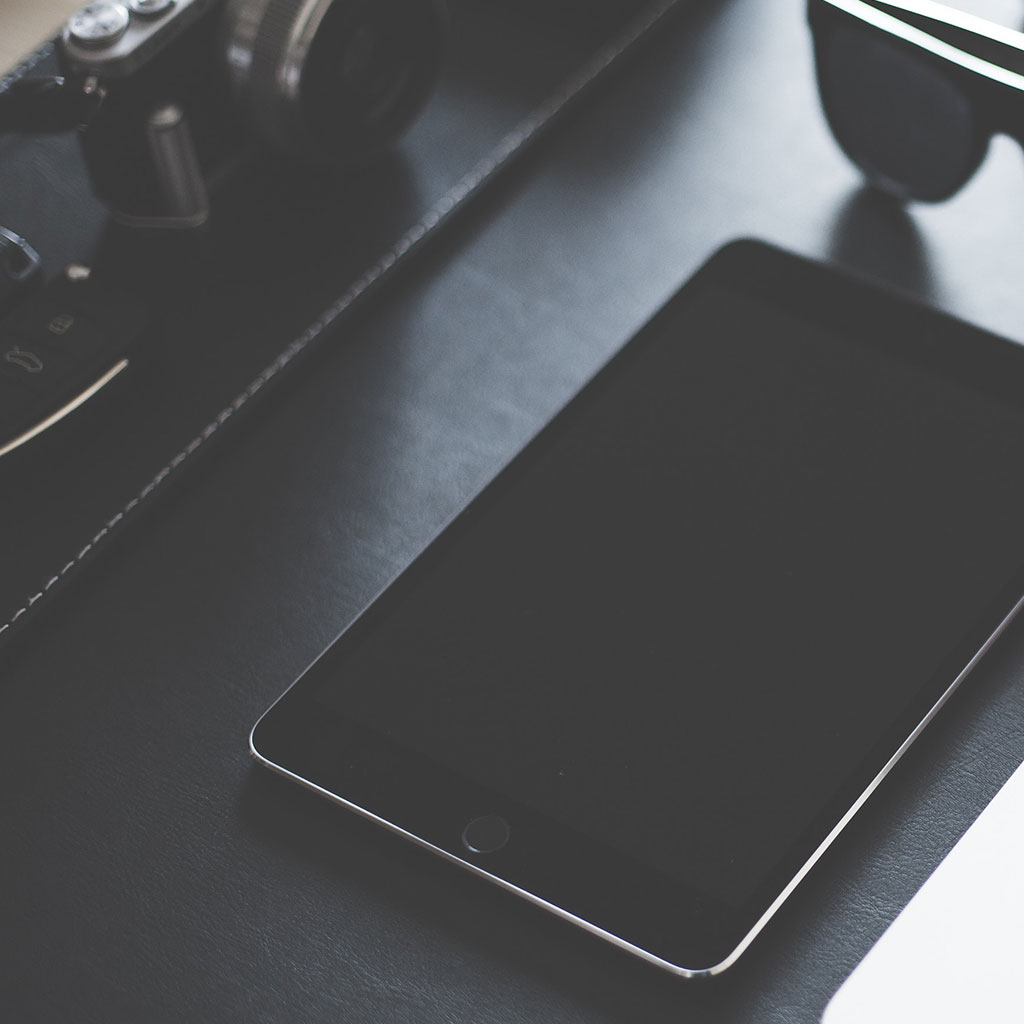Why is my iPad screen black and won’t turn on?
Why is my iPad screen black and won’t turn on?
Encountering a black screen on your iPad can be a perplexing experience, especially when it refuses to power up. In this guide, we’ll explore potential reasons behind this issue and provide step-by-step solutions to help you get your iPad back in working order.
Discover the mystery behind the blackened iPad screen that refuses to light up!
Experiencing a black screen on your iPad that refuses to power on can be concerning, but there are several potential reasons for this issue. Here are some steps to troubleshoot and potentially resolve the problem:
- Check the Power Source:
- Ensure that your iPad has sufficient battery charge. Plug it into a power source and leave it for a few minutes to ensure it’s not a low battery causing the problem.
- Perform a Hard Reset:
- Press and hold down both the Home button (or the Volume Up button on newer iPad models without a Home button) and the Power button simultaneously. Hold them for at least 10 seconds until you see the Apple logo. This forces a restart and can often resolve minor software glitches.
- Check the Display Brightness:
- Sometimes, the display brightness might be set too low, making the screen appear black. Try increasing the brightness using the settings or control center.
- Inspect for Physical Damage:
- Examine the iPad’s screen, buttons, and ports for any signs of physical damage. A damaged component might be causing the issue.
- Connect to a Computer:
- Use a USB cable to connect your iPad to a computer and see if it’s detected. This can help determine if the issue is with the display or the internal components.
- DFU Restore (Advanced):
- If none of the above steps work, you can try putting your iPad in Device Firmware Update (DFU) mode and restoring it through iTunes or Finder on a computer. This is a more advanced step and should be done with caution.
- Visit an Apple Store or Authorized Service Provider:
- If none of the above steps work, it’s recommended to take your iPad to an Apple Store or an authorized service provider for professional diagnosis and repair.
Remember to exercise caution when performing these steps, especially if you’re attempting more advanced troubleshooting methods. If in doubt, seek professional assistance.
Have you checked for any physical damage or obstructions on the iPad’s screen?
If your iPad’s screen is black and unresponsive, it’s crucial to inspect it for any physical damage or obstructions that might be contributing to the issue. Look for cracks, scratches, or dents on the screen’s surface. Sometimes, even a minor physical mishap can cause the screen to go black. Additionally, check around the edges of the screen for any foreign materials like dust or debris that might be blocking the display. Gently clean the screen and its surroundings with a soft, lint-free cloth to ensure there are no obstructions hindering its function. It’s also important to pay attention to the edges of the screen where any visible damage might be an indication of internal hardware issues, which might need professional attention.
Furthermore, internal components like the logic board and internal cables can sometimes become disconnected or damaged, leading to a black screen issue. While this requires professional intervention to diagnose and fix, a visual inspection for any obvious signs of damage or loose connections can be a preliminary step. If there’s any doubt about the internal hardware’s integrity, seeking assistance from an authorized Apple service provider is highly recommended. Addressing physical damage and obstructions promptly can often make a significant difference in resolving the black screen problem.





You must be logged in to post a comment.